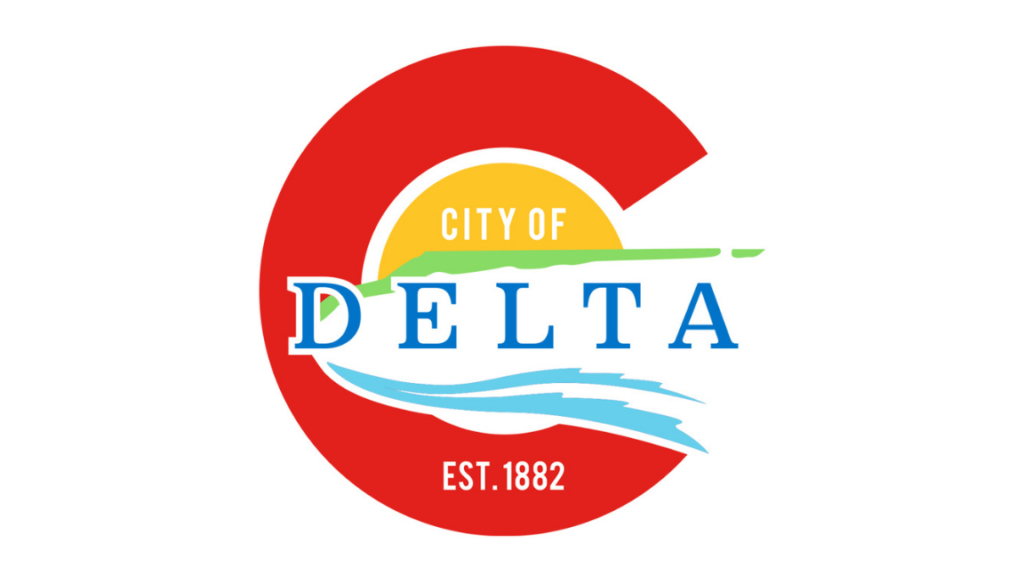Comprehensive overview of municipal resources pertaining to gentle density and broader planning materials.

- Resort Municipality of Whistler Employee Housing Service Charge Bylaw
- Resort Municipality of Whistler Municipal Water Works and Services Charges Bylaw No. 1503
- Resort Municipality of Whistler Municipal Sewer Works and Services Charges Bylaw No. 1504
- Resort Municipality of Whistler Municipal Transportation Works and Services Charges Bylaw No. 1505
- Resort Municipality of Whistler Recreation Works and Services Charges Bylaw No. 1506
- Resort Municipality of Whistler Building Department Fees
- Resort Municipality of Whistler Zoning and Parking Bylaw (2015)








